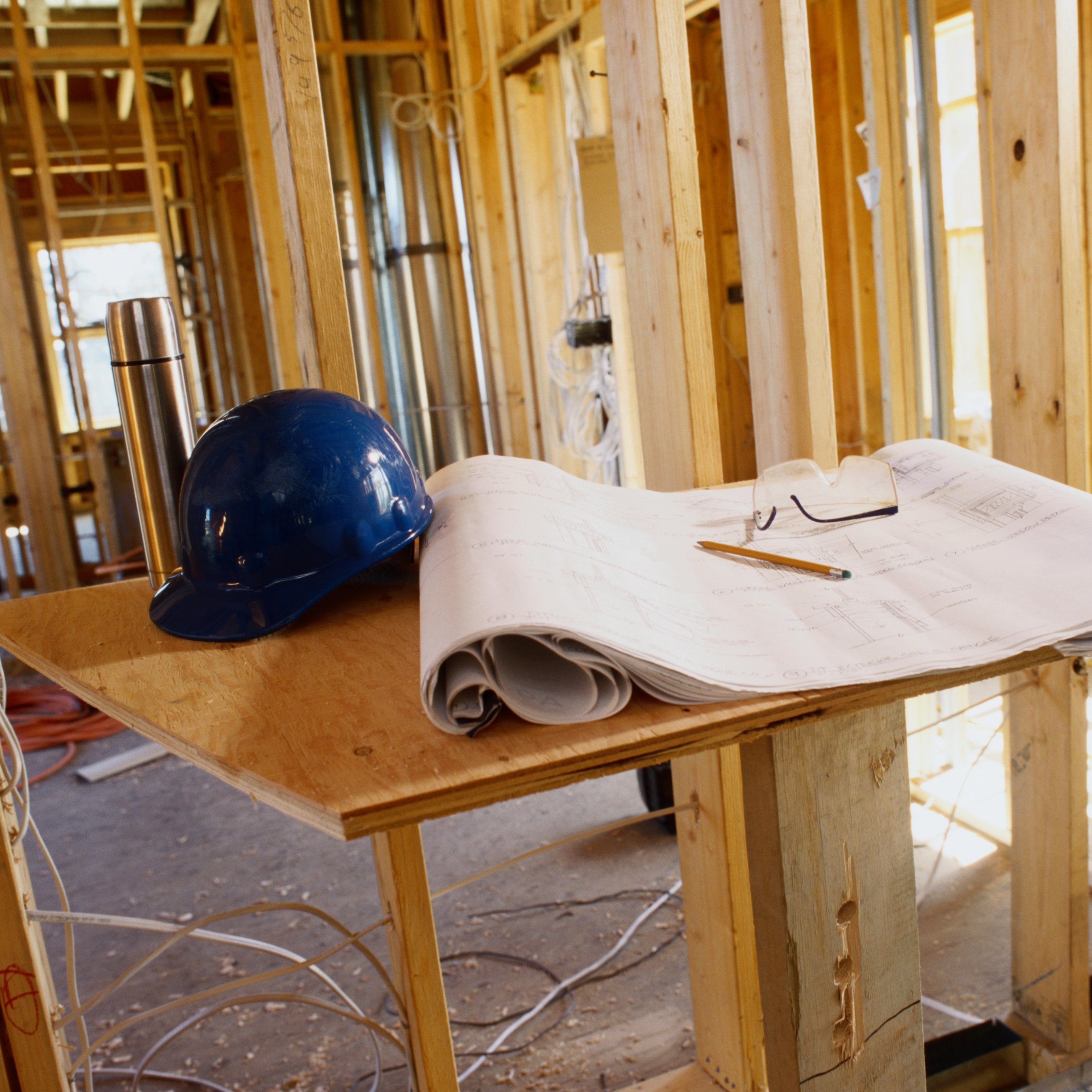Housing
Square Footage of Your Home: When Close Is Not Good Enough

Published:
Last Updated:

Among the most important features of the house you want to sell or the one you want to buy is its size. That may be stating the obvious, but accurately measuring the size of a house is not as trivial as it may sound. And if the appraiser’s measurements don’t match the ones you have, guess whose numbers win. Hint: Who is being paid by the mortgage lender?
Property tax assessors also rely on square footage data when they calculate your home’s assessed value for property tax purposes. Insurance companies use the size of your home to calculate both premiums and replacement cost, should the house be damaged or destroyed.
Perhaps the best way to determine the size of a house is from the drawings the builder used to construct it. Those can be hard to find for older houses, making actual measurements much more common.
The total living area (TLA) of a house includes those areas of a home that have heating, ventilation and lighting, but do not include the basement. Decks, balconies, porches and other features that do not project to the floor are also excluded from the TLA but are measured and valued separately.
Fortunately for both buyers and sellers, there are TLA standards established by the American National Standards Institute (ANSI). Unfortunately the ANSI standards have no legal standing and are only a guide to a house’s size. In a blog post at CoreLogic, analyst James Siebers lists several ANSI measurement standards:
- Measurements should be recorded to the nearest inch or tenth of a foot. The total square footage should be recorded to the nearest whole foot.
- Since TLA is calculated using exterior dimensions, the area of the stairs and landing are included in the square footage of both levels.
- Where openings exist to the floor below, such as a two story home with an open foyer, be sure to subtract that area from the square footage of that level.
- Measure any areas below the grade, and list that level separately.
- If a home has a finished attic, or a half-story with sloped ceilings, then standards exist how to calculate that rooms square footage. Rooms to be counted in square footage calculations should have a height of at least 7 feet. If a room has a ceiling that is predominantly 7 feet in height, then include square footage of any floor area that is covered under a sloped ceiling height that is at least 5 feet in height.
Siebers concludes:
The square footage of your home should be a given. It is a number that should be known by all homeowners, and does not change, unless an addition or removal of part of the structure takes place. When any kind of valuation professional measures or verifies your home’s square footage, be sure you get a copy and verify it with your records. When and if there is a discrepancy, see to it that the differences are resolved. It is in your best interest.
A financial advisor can help you understand the advantages and disadvantages of investment properties. Finding a qualified financial advisor doesn’t have to be hard. SmartAsset’s free tool matches you with up to three financial advisors who serve your area, and you can interview your advisor matches at no cost to decide which one is right for you. If you’re ready to find an advisor who can help you achieve your financial goals, get started now.
Investing in real estate can diversify your portfolio. But expanding your horizons may add additional costs. If you’re an investor looking to minimize expenses, consider checking out online brokerages. They often offer low investment fees, helping you maximize your profit.
Thank you for reading! Have some feedback for us?
Contact the 24/7 Wall St. editorial team.